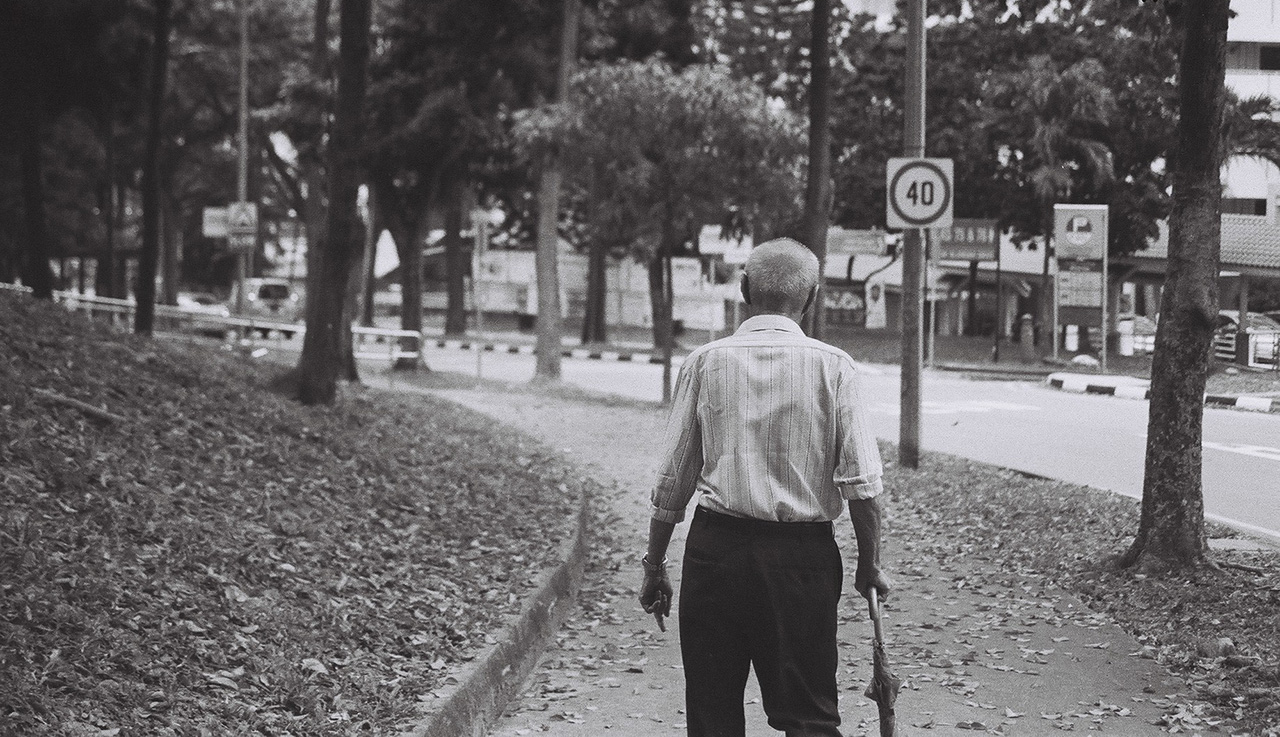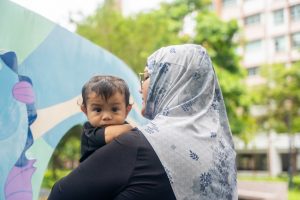Growing old in Singapore is increasingly becoming a challenge, as the number of elderly suicides hit a record-high of 129 last year.
Figures released by the suicide prevention agency Samaritans of Singapore (SOS) showed that even though the number of reported suicides is at its lowest since 2012, the number of people aged 60 and above who took their own lives is still on the rise.
Last year, this figure increased by 23 per cent since 2011. In both years, 361 suicide deaths were recorded.
Sure, there may have been some success with suicide prevention programmes as well as an increase in the quality of life. The average suicide rate fell from 9.14 deaths per 100,000 residents between 2012 and 2016 to an all-time low of 7.74.
However, the continual upward trend of elderly suicides is still a major cause for concern. Last year, it was already reported that older Singaporeans aged 50 and above were a suicide risk, as they accounted for 46 per cent of suicides in 2016. In 2014, 126 elderly Singaporeans took their own lives, just three fewer than 2017.
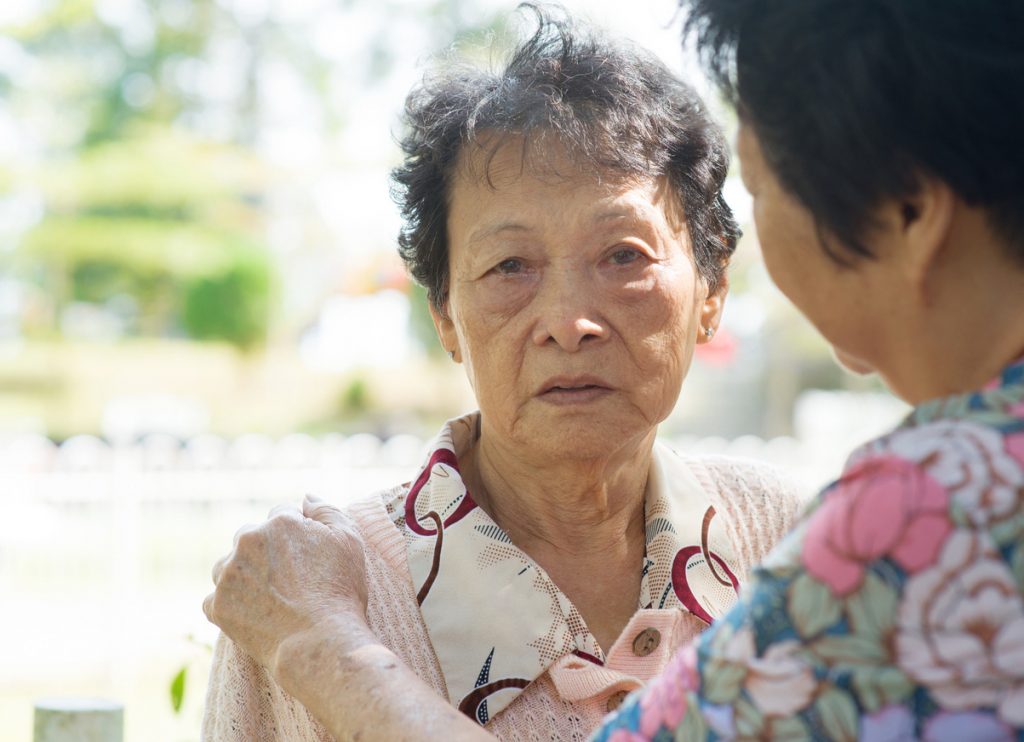
The statistics also reveal that fewer calls were made to the agency by the elderly this year compared to 2017. Those in need of help are still slipping through the cracks.
“These figures are a cause for concern, especially when the number of elderly suicides in this age group is at a record high. We need to find out the barriers that prevent them from getting through to SOS, and if they know where and what are the other available resources to seek help,” says Ms Christine Wong, executive director of SOS.
Common struggles cited by elderly callers include social disconnection, fear of becoming a burden to family and friends, and impairments to daily functioning due to physical challenges and deteriorating mental health.
When such struggles go undetected and unaddressed, these factors predispose socially isolated elderly to depression and suicide thoughts.
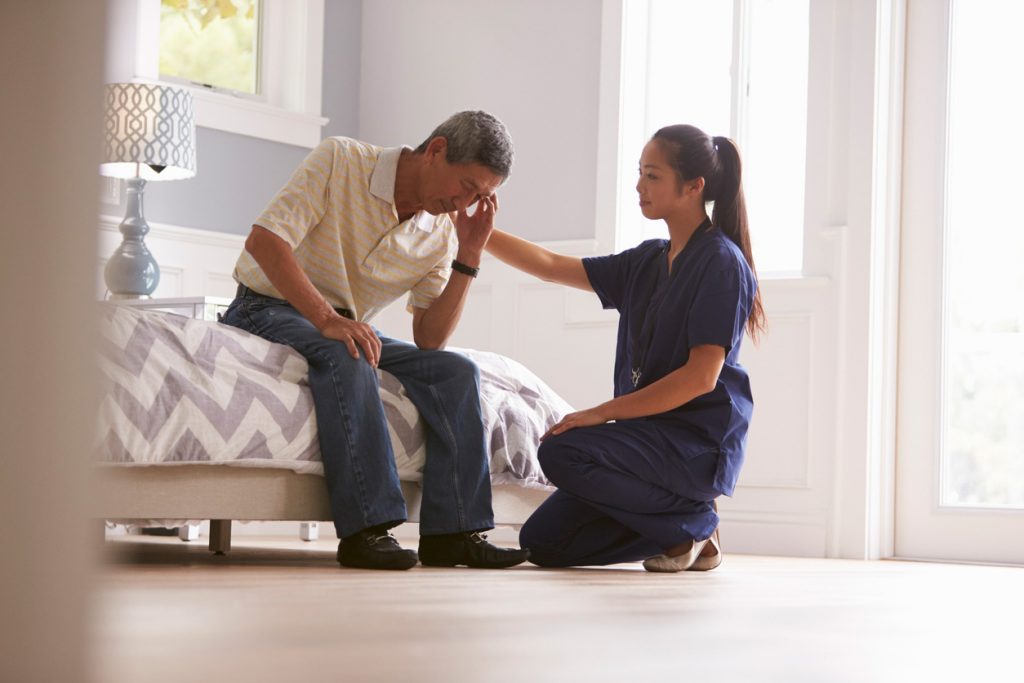
This is an urgent problem that needs to be addressed quickly, especially when more of the elderly are living alone or separate from their families and early signs of their struggles would very likely go unnoticed. For instance, those who live by themselves in rental flats are certainly a high-risk group.
At present, day care centres, senior activity centres and the WiSHINE programme to support elderly widows offer assistance to those who are struggling to cope with isolation and loneliness. But only a fraction of the elderly in need seek help from these places.
Neither the National Council of Social Service (NCSS), which oversees majority of the elderly assistance programmes, nor the National Voluntary and Philanthropy Centre (NVPC) responded to my queries on how outreach to the elderly living in isolation could be improved.
The Institute of Mental Health also declined to provide statistics on elderly patients, only revealing that they have a number of long-term patients seeking treatment.
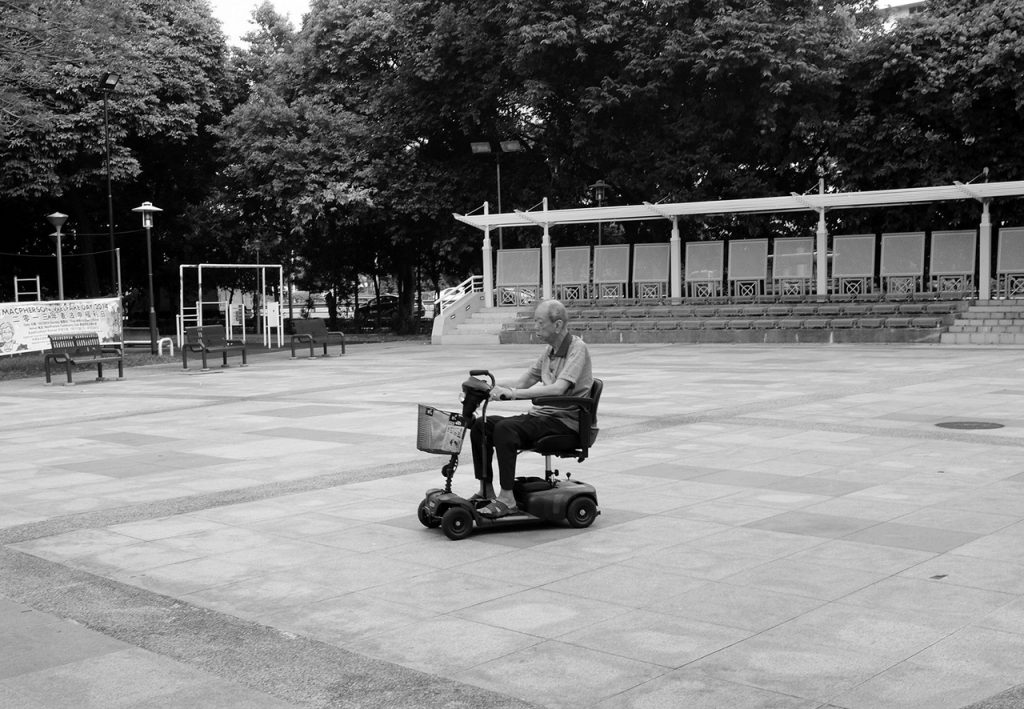
Long-term care workers in Singapore are paid the lowest compared to Australia, Japan, South Korea and Hong Kong – even though Singapore ranks second after Australia for wages across all occupations.
It is projected that one in three Singaporeans will need some form of eldercare service by 2030. With the problems at hand, growing the long-term care workforce by at least 45 percent between 2017 and 2020 may now be an unachievable target. This would only further worsen the quality of life for the elderly who require assistance for their physical and mental health.
“Despite concerted efforts to raise pay, redesign jobs and improve skills and productivity, the sector seems afflicted by constant churn and the ‘leaky bucket’ syndrome,” the report adds.
An NVPC report on elderly issues last year reiterated the need for “more and better-equipped caregivers given the ‘labour-intensive’ nature of depressive interventions” to prevent elderly suicide. Depression and suicide are weighty issues, unlike elderly problems that are more ‘uplifting’, and tend to drain caregivers. Help hotlines also experience a shortage of manpower during peak hours in the evenings.
The report added that even the elderly who live at home with their families are not exempt from feelings of sadness, loneliness or other negative emotions, with one in five aged 75 and above and living at home exhibiting signs of depression.
Have something to say about this story? Write to us at community@ricemedia.co
